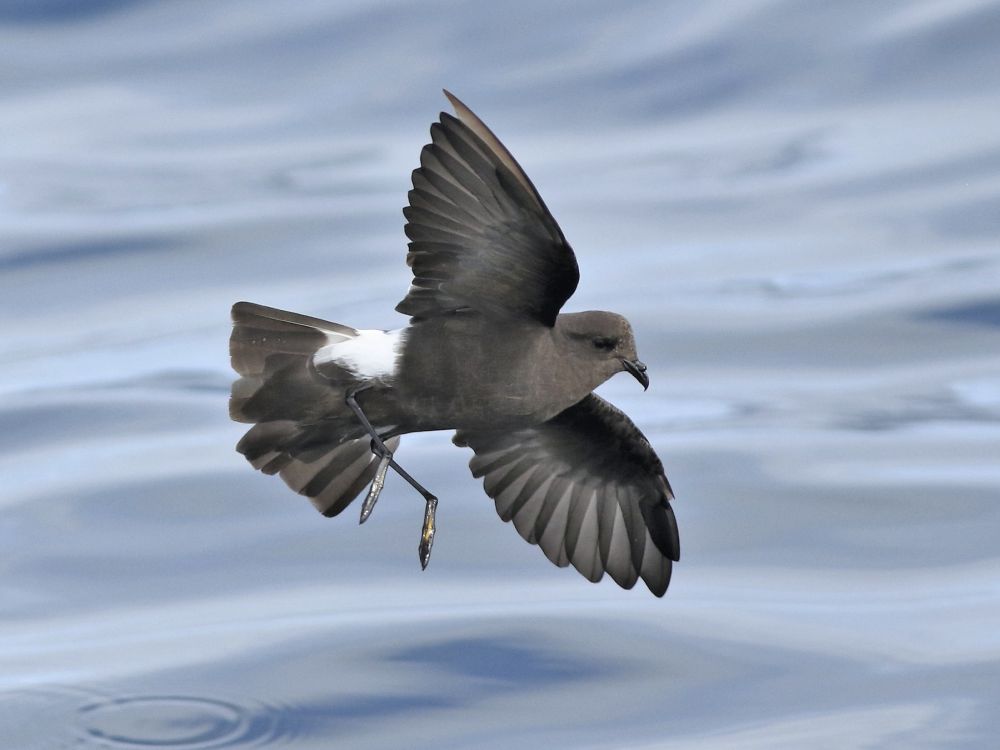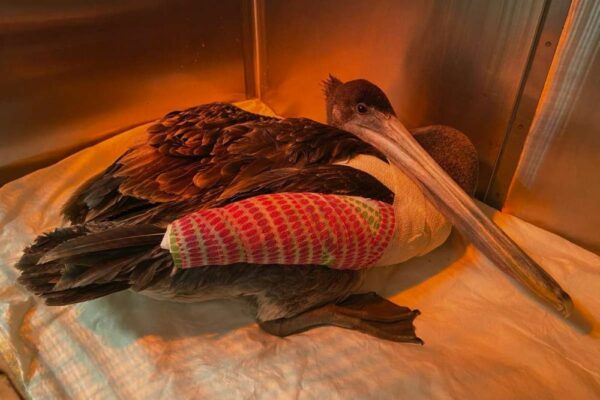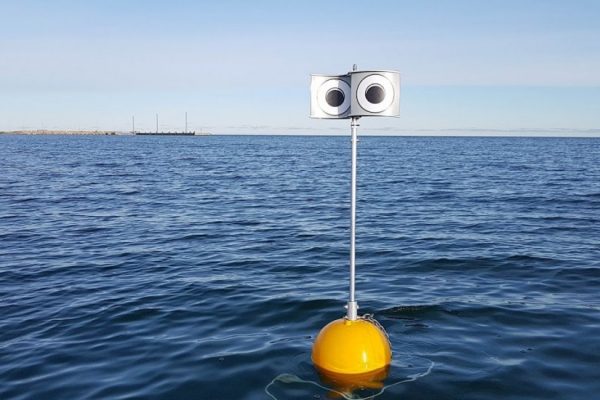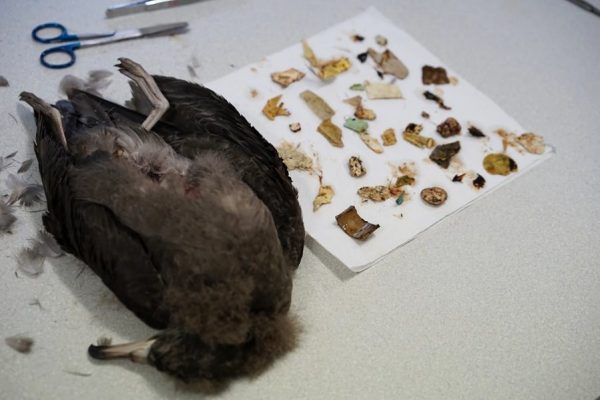Bird Feces and Lake Mud “Time Machine” Shows Staggering Decline in Seabird Populace
There was once a time when seabird populations thrived not only in the coastal areas but in inland regions too. But with the increased human activities all over the globe – terrestrial and marine, there has been a significant decline in the seabird populace. Scientists have been trying to conserve species at risk of extinction; however, little has been contemplated upon how these populations are changing. In fact, only about 19 percent of seabird species have adequately survived to reliably estimate recent population trends. It is speculated that to study the shift in storm petrel populace, the analyses of bird feces and lake mud “time machine” might offer some answers.
With industrialization and human expansion, storm petrels have dealt with a variety of other impacts causing their numbers to reduce. Evidently, light pollution disrupts the migratory routes, and interactions with offshore oil platforms are other factors causing seabird numbers to fall. The current estimates reveal that the global storm petrel population has declined by over 30 percent since the 1980s. But as their populations weren’t surveyed before humans began to impact their habitat, it is impossible to figure out how big the colonies once were.

Bird feces and lake mud “time machine” shows a staggering decline in the seabird populace | Image: Peter Flood
A study assessed the sediments at the bottom of lakes that have been collecting feces and other debris left by nesting seabirds, layer by layer, for thousands of years. When storm petrels breed, they build burrows for their chicks on remote islands; and when they leave behind feces, uprooted vegetation, eggshells, and features. As such, the lake sediments archive a library of information tracking seabird populations as they slowly accumulate, preserving an environmental history.
The storm petrel excrements were acidic, rich in nutrients, and very high in cadmium and zinc. It was determined that if the storm petrel colony increased in size, the environment – and by extension the sediments – would contain an indication of higher acidity, nutrients, and metals. If the colony size decline, there would be an opposite trend. Based on these principles, scientists could use sediments as a time machine going back in time to comprehend past seabird population trends.
Also Read: Plastic Pollution Threatens Survival of Seabirds, Study Highlights Physical Anomalies
The study analyzed a seabird colony on Grand Colombier Island. Based on the limited monitoring data, it was concluded that the colony there was stable, with about 300,000 storm petrels in 2011. Most other colonies in the world are decreasing.
From the 5,800-year sediment record that was recovered, it was evident the storm petrel population was not always steady. In fact, the colony naturally dwindles, with distinct peaks in size about 2,700 years ago and again about 740 years ago. Undoubtedly, large seabird colonies have fluctuated in size, even before human inferences.
Before deciding on conservation goals, it is crucial to consider any available long-term data, whether that is with lake sediments, whole-genome sequencing, or traditional knowledge. To reverse species declines, the first important step would be to have a better understanding of the temporal context of past changes.


